Home>Dining>Table Decor>How To Make A Mission Style Coffee Table
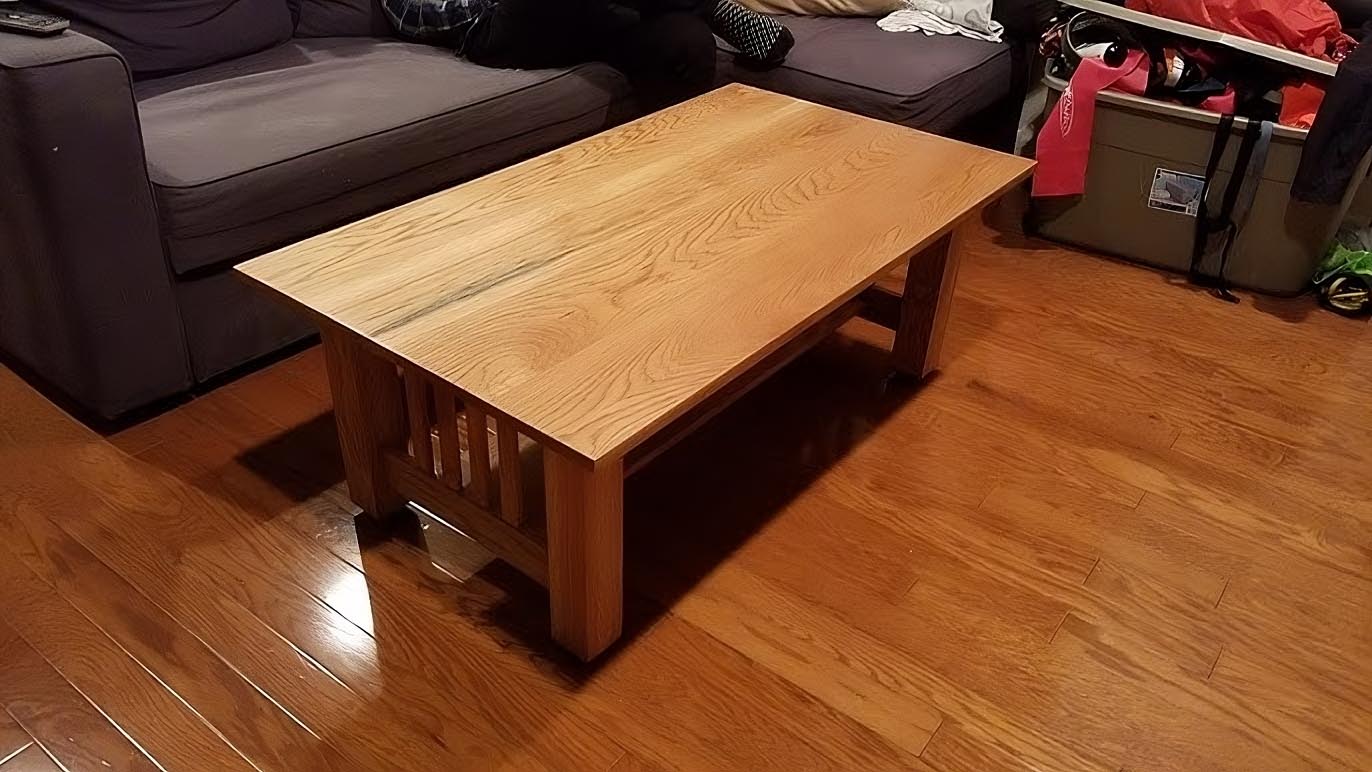

Table Decor
How To Make A Mission Style Coffee Table
Modified: October 20, 2024
Learn how to create a stunning Mission Style Coffee Table with beautiful table decor ideas. Transform your living space with this timeless piece.
(Many of the links in this article redirect to a specific reviewed product. Your purchase of these products through affiliate links helps to generate commission for Storables.com, at no extra cost. Learn more)
Introduction
Welcome to the world of table decor! In this article, we will delve into the captivating realm of Mission style coffee tables. A Mission style coffee table is a classic and timeless piece of furniture that can add character and sophistication to any living space. With its clean lines, sturdy construction, and emphasis on craftsmanship, this table design is revered for its simplicity and functionality.
Whether you are a DIY enthusiast, a table decor enthusiast, or simply someone looking to add a touch of elegance to your home, this comprehensive guide will walk you through the process of creating your very own Mission style coffee table. We will cover everything from choosing the materials to the finishing touches, ensuring that you have all the knowledge and skills necessary to embark on this gratifying journey.
So, let’s roll up our sleeves, grab our tools, and immerse ourselves in the art of crafting a Mission style coffee table. By the end of this article, you will have the confidence and inspiration to create a stunning centerpiece that perfectly complements your personal taste and interior aesthetic.
Key Takeaways:
- Craft a timeless Mission style coffee table using natural materials like oak, cherry, or mahogany. Embrace precision in measurements, joinery techniques, and finishing touches to create a stunning centerpiece for your living space.
- Elevate your woodworking skills and unleash your creativity by constructing a Mission style coffee table. Embrace the art of joinery, meticulous assembly, and expert finishing to craft a durable and visually captivating furniture piece.
Read more: How To Build A Mission Style Dining Table
Choosing the Materials
When it comes to creating a Mission style coffee table, selecting the right materials is crucial in achieving an authentic and visually appealing look. The hallmark of this design is the use of natural materials that showcase the beauty of the wood grain. Here are some key considerations when choosing the materials for your coffee table:
- Wood: Opt for solid wood such as oak, cherry, or mahogany for an authentic Mission style look. These woods are known for their durability and rich, warm tones. Make sure to select wood with a straight and even grain pattern.
- Finish: Mission style furniture is typically finished with a clear or light stain to highlight the natural beauty of the wood. Avoid heavy or glossy finishes that can detract from the simplicity of the design.
- Hardware: Pay attention to the hardware used for the table, such as drawer pulls or hinges. Choose hardware that complements the overall design and matches the finish of the wood.
In addition to wood, you may also consider incorporating other materials to add interest and contrast to your coffee table. For example, incorporating wrought iron accents or glass inlays can elevate the design and create a unique focal point.
Remember, the materials you choose will ultimately determine the overall aesthetic and longevity of your Mission style coffee table. Take your time, do your research, and select high-quality materials that align with your vision and budget.
Measurements and Preparation
Before you begin constructing your Mission style coffee table, it is essential to take accurate measurements and properly prepare your workspace. This will ensure that your table turns out perfectly and saves you from any potential headaches down the line. Here are some steps to follow:
- Space Considerations: Measure the area where you intend to place your coffee table. Take into account the length, width, and height requirements to ensure that the table fits seamlessly into your space.
- Tabletop Dimensions: Determine the size of the tabletop based on your personal preference and the available space. Mark and measure the desired dimensions on the wood, taking care to make precise and accurate cuts.
- Legs and Base: Decide on the desired height and style of the legs and base. Measure and mark the appropriate lengths for the legs, ensuring symmetry and balance in the design.
- Preparation of Materials: Once you have your measurements, it’s time to prepare the materials for construction. This may involve cutting the wood to size, sanding the surfaces to smooth out any rough edges, and drilling any necessary holes for assembly.
- Organization and Setup: Set up your workspace in a well-lit area with ample room to maneuver. Keep your tools and materials organized and easily accessible to streamline the construction process.
By taking the time to measure accurately and prepare your materials, you are setting yourself up for success in creating a perfectly proportioned and visually appealing Mission style coffee table. Remember, precision is key, so don’t rush this crucial step.
Joinery Techniques
The joinery techniques you choose for constructing your Mission style coffee table will determine its overall strength, stability, and longevity. To achieve an authentic and robust piece of furniture, consider the following joinery techniques:
- Mortise and Tenon Joints: This classic joinery technique involves creating a square or rectangular hole (mortise) in one piece of wood and a corresponding protrusion (tenon) on the adjoining piece. The tenon is then inserted into the mortise, creating a strong and durable connection.
- Dovetail Joints: Dovetail joints are known for their strength and aesthetic appeal. This technique involves cutting interlocking shapes into the edges of two pieces of wood, creating a tight and secure bond.
- Biscuit Joints: Biscuit joints are a popular choice for their simplicity and strength. This method involves cutting shallow slots in the mating pieces of wood and inserting small, oval-shaped biscuits made of compressed wood. The biscuits are then glued in place, creating a strong bond between the pieces.
- Corner Brackets: Corner brackets provide additional support and stability in the construction of your coffee table. These metal brackets are typically hidden and recessed into the corners, reinforcing the joints and preventing any shifting or wobbling over time.
Each joinery technique has its strengths and considerations, so choose the method that best suits your skill level and desired outcome. Remember to practice proper techniques and use high-quality woodworking tools to ensure precise and secure joints.
By employing these joinery techniques, your Mission style coffee table will not only be aesthetically pleasing but also structurally sound and built to withstand the test of time.
When selecting wood for your mission style coffee table, look for straight grain and quarter-sawn oak for an authentic look and durable construction.
Assembly of the Tabletop
Now that you have prepared your materials and mastered the joinery techniques, it’s time to assemble the tabletop of your Mission style coffee table. The tabletop is one of the most prominent features of the table and requires careful attention to detail. Here are the steps to follow:
- Arrange the Boards: Lay out the boards for the tabletop in the desired pattern, taking care to align the grain and create an aesthetically pleasing arrangement.
- Glue-Up: Apply wood glue along the edges of the boards, ensuring complete coverage. Use clamps to firmly press the boards together, removing any excess glue with a damp cloth.
- Allow for Drying: Let the glue dry according to the manufacturer’s instructions. It’s important to be patient during this step to ensure a strong and secure bond.
- Sand the Surface: Once the glue has fully cured, use sandpaper or a sander to smooth out the surface of the tabletop. Start with a coarser grit and gradually work your way to a finer grit for a polished finish.
- Edge Treatment: Consider adding an edge treatment to the tabletop for added visual appeal. This can be achieved by using a router to create decorative profiles or by simply rounding off the edges with sandpaper.
Assembling the tabletop requires precision and attention to detail. Take your time to ensure the boards are aligned properly and the glue is applied evenly. Sanding the surface will give your tabletop a smooth and professional look, while an edge treatment can add a touch of sophistication to the design.
Once the tabletop is assembled and finished to your satisfaction, set it aside to prepare for the construction of the legs and base of your Mission style coffee table.
Read more: How To Attach Mission Style Table Legs
Creating the Legs and Base
The legs and base of your Mission style coffee table play a crucial role in its overall stability and visual appeal. They provide the necessary support while adding to the distinctive charm of this furniture style. Here are the steps to create the legs and base:
- Measurements: Decide on the desired height and width for the legs. Keep in mind the proportions of the table and ensure that the legs are balanced and visually appealing.
- Cut and Shape: Use a saw to cut the leg pieces to the desired length. If you intend to incorporate any decorative elements, such as tapering or chamfering, use appropriate tools to shape the legs accordingly.
- Joinery: Employ the joinery techniques discussed earlier, such as mortise and tenon joints, to connect the legs to the tabletop securely. Take care to make precise and accurate cuts to ensure a flush and seamless connection.
- Construct the Base: Determine the design of the base, whether it will be a solid panel or incorporate additional cross supports. Use the same joinery techniques to connect the base components together.
- Finishing Touches: Sand the legs and base to achieve a smooth surface. Apply the desired stain or finish, following the manufacturer’s instructions, to enhance the natural beauty of the wood.
Creating the legs and base requires careful measurement and attention to detail. The joinery techniques used in connecting the legs to the tabletop will ensure a sturdy structure. Consider incorporating decorative details that align with the Mission style, such as the characteristic tapering or subtle curves.
Once the legs and base are complete, you are ready to move onto the final step – finishing your Mission style coffee table.
Finishing the Table
Finishing is the final step in creating your Mission style coffee table. It not only enhances the beauty of the wood but also protects it from wear and tear. Here are the key steps to consider when finishing your table:
- Sanding: Begin by sanding the entire surface of the table, including the tabletop, legs, and base. Start with a coarse-grit sandpaper to remove any imperfections and gradually move to finer grits for a smooth finish.
- Stain or Seal: After sanding, choose a stain or sealer that complements the natural color and grain of the wood. Apply the stain or sealer with a brush or cloth, following the product instructions. Allow sufficient drying time between coats for a rich and even finish.
- Protective Coating: To ensure lasting durability, consider applying a protective coating such as varnish or polyurethane. This will safeguard the wood from moisture, scratches, and daily wear. Apply multiple thin coats, allowing each coat to dry thoroughly before adding another.
- Final Touches: Once the protective coating is dry, you can add final touches such as polishing the surface and adding any desired decorative elements. Take care to clean and polish any metal hardware, ensuring that it complements the overall design of the table.
Finishing your Mission style coffee table brings out the natural beauty of the wood and adds a layer of protection. The choice of stain or sealer is a personal preference, but opt for products that are specifically designed for furniture to achieve the best results.
With the finishing touches complete, step back and admire your beautiful and handcrafted Mission style coffee table. It’s ready to be showcased as a centerpiece in your living space and enjoyed for years to come.
Conclusion
Congratulations on completing your journey in crafting a stunning Mission style coffee table! By following the steps outlined in this guide, you have acquired the knowledge and skills needed to create a truly remarkable piece of furniture that embodies the simplicity, elegance, and functionality of the Mission style.
From choosing the right materials and measurements to mastering joinery techniques and finishing touches, you have embarked on a fulfilling and creative process. You have transformed raw materials into a beautiful and functional centerpiece that adds character and sophistication to your living space.
As you enjoy your newly crafted coffee table, take pride in the fact that you have not only created a unique piece of furniture but also honed your woodworking skills. Your Mission style coffee table reflects your dedication to craftsmanship and showcases your personal style and creativity.
Remember, the beauty of the Mission style lies in its timeless appeal. Your coffee table will continue to charm and delight for generations to come. Take care of it by regularly cleaning and maintaining the wood, and it will reward you with years of functionality and aesthetic pleasure.
Thank you for joining us on this journey to create your own Mission style coffee table. We hope this guide has provided you with the inspiration and confidence to explore further in the world of table decor and woodworking. Happy crafting!
Frequently Asked Questions about How To Make A Mission Style Coffee Table
Was this page helpful?
At Storables.com, we guarantee accurate and reliable information. Our content, validated by Expert Board Contributors, is crafted following stringent Editorial Policies. We're committed to providing you with well-researched, expert-backed insights for all your informational needs.
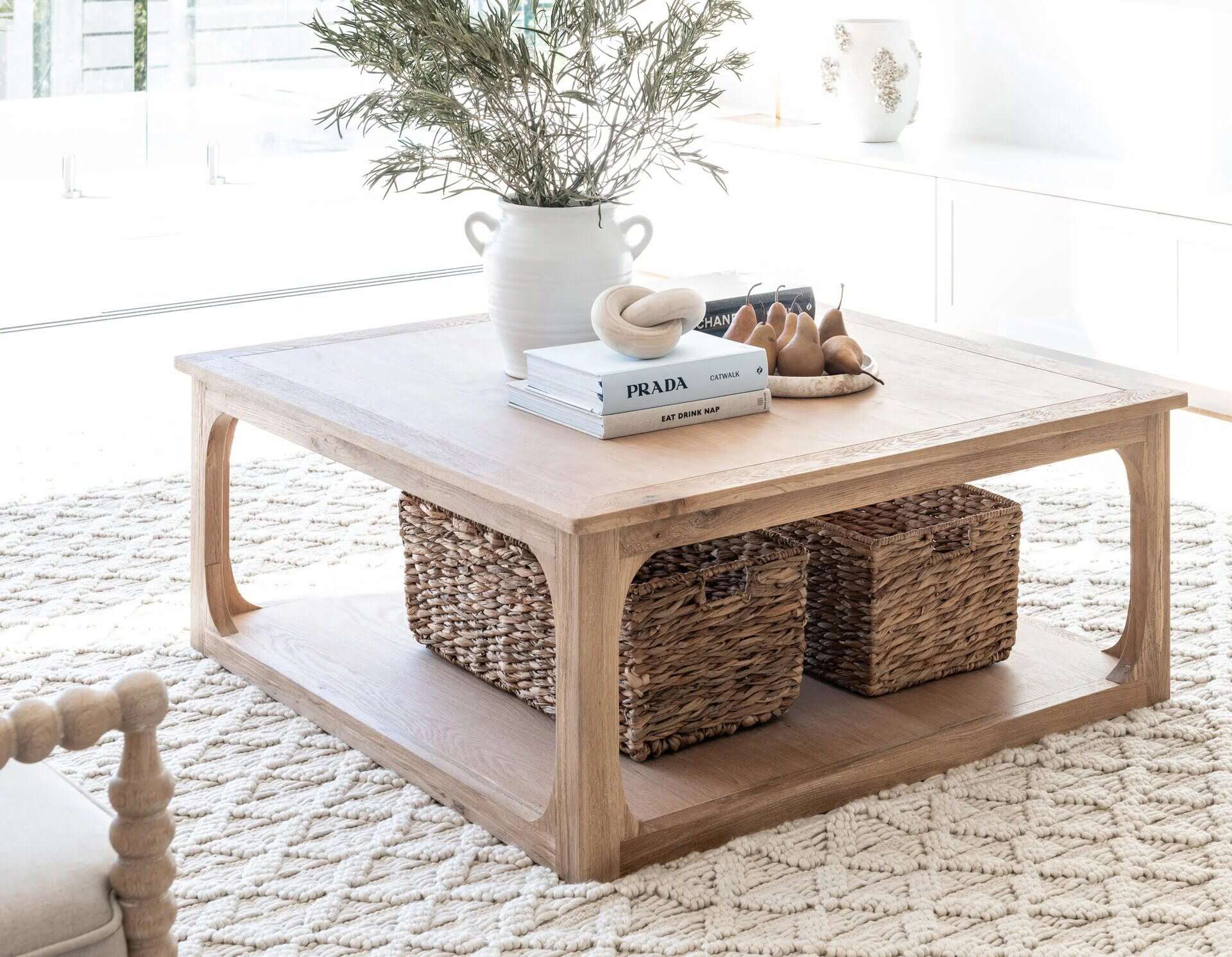
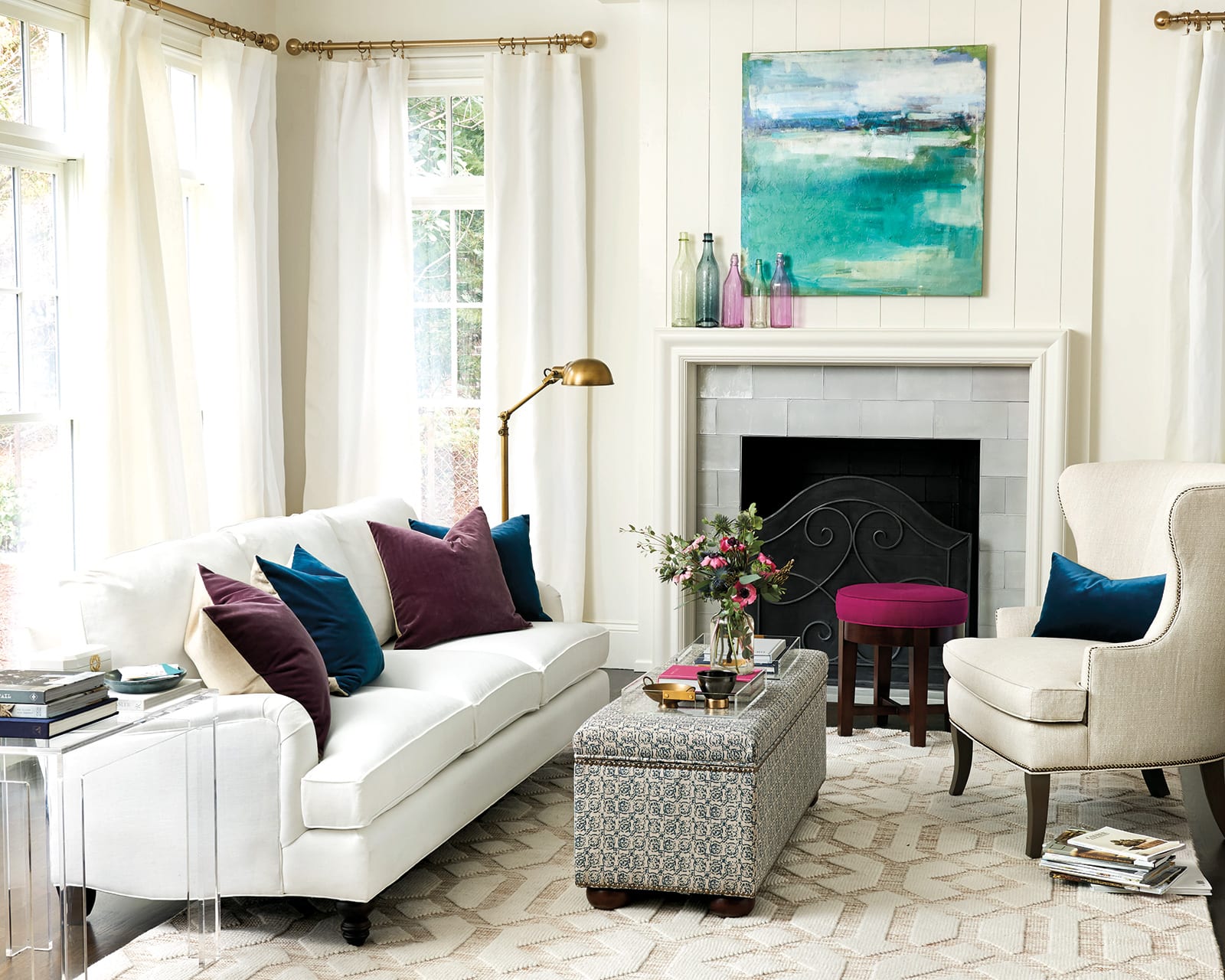
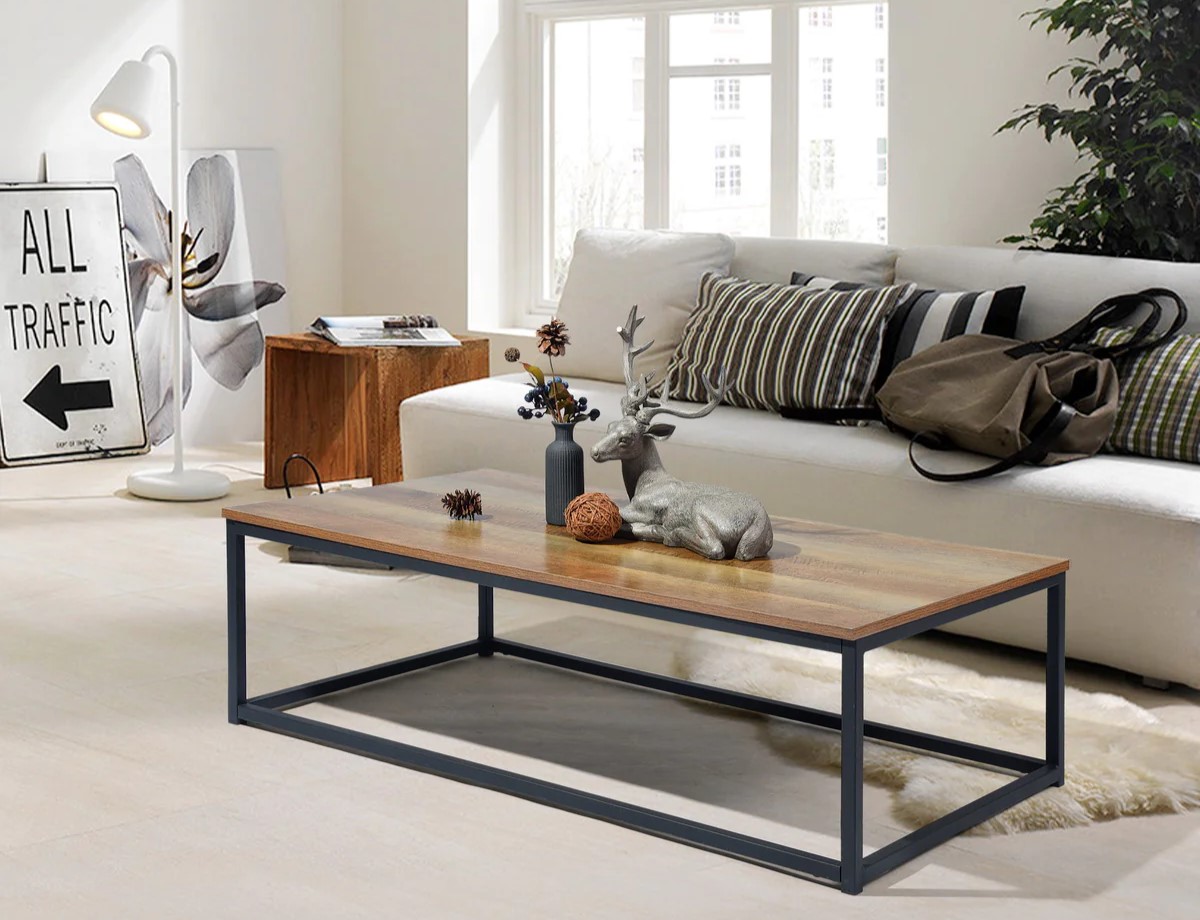
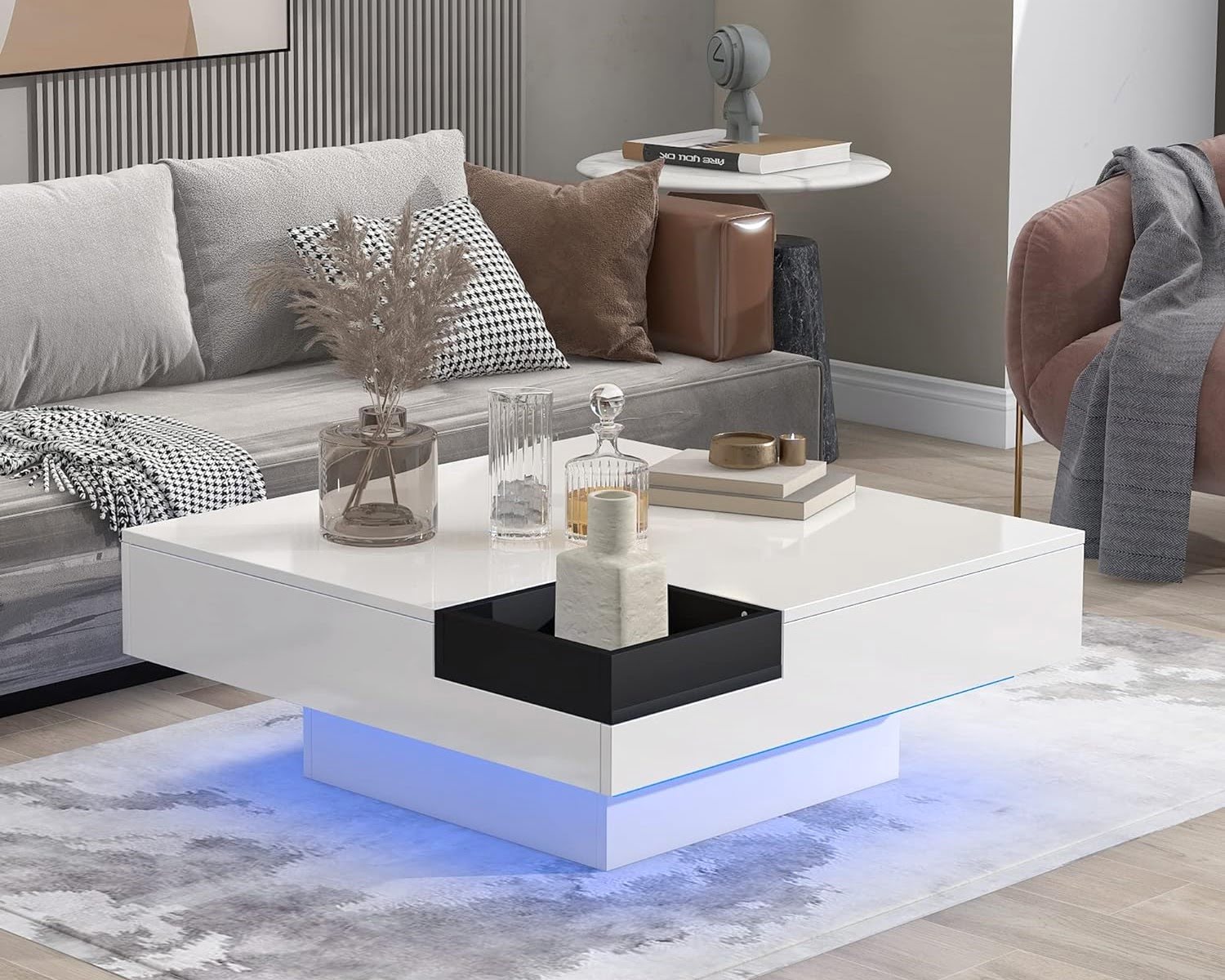
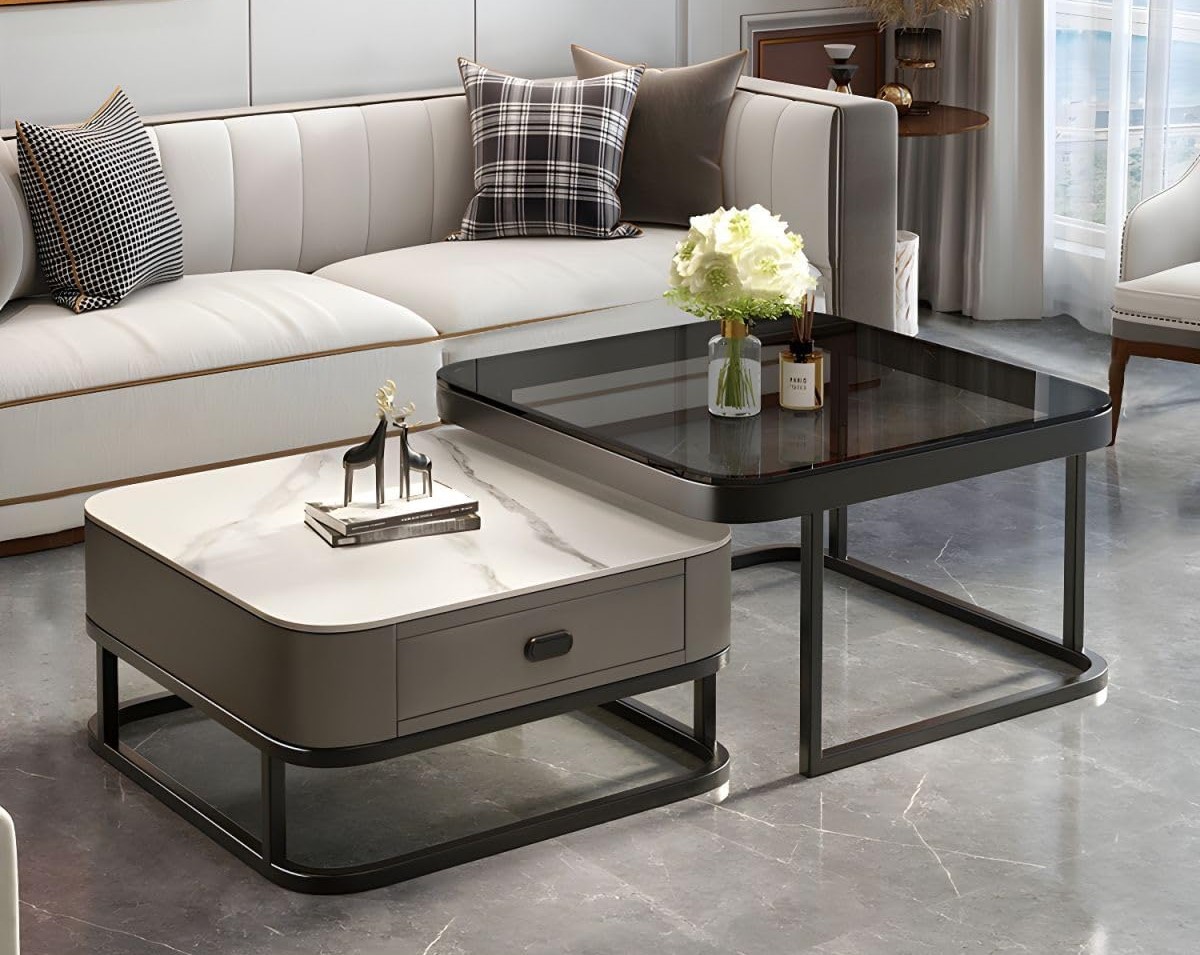
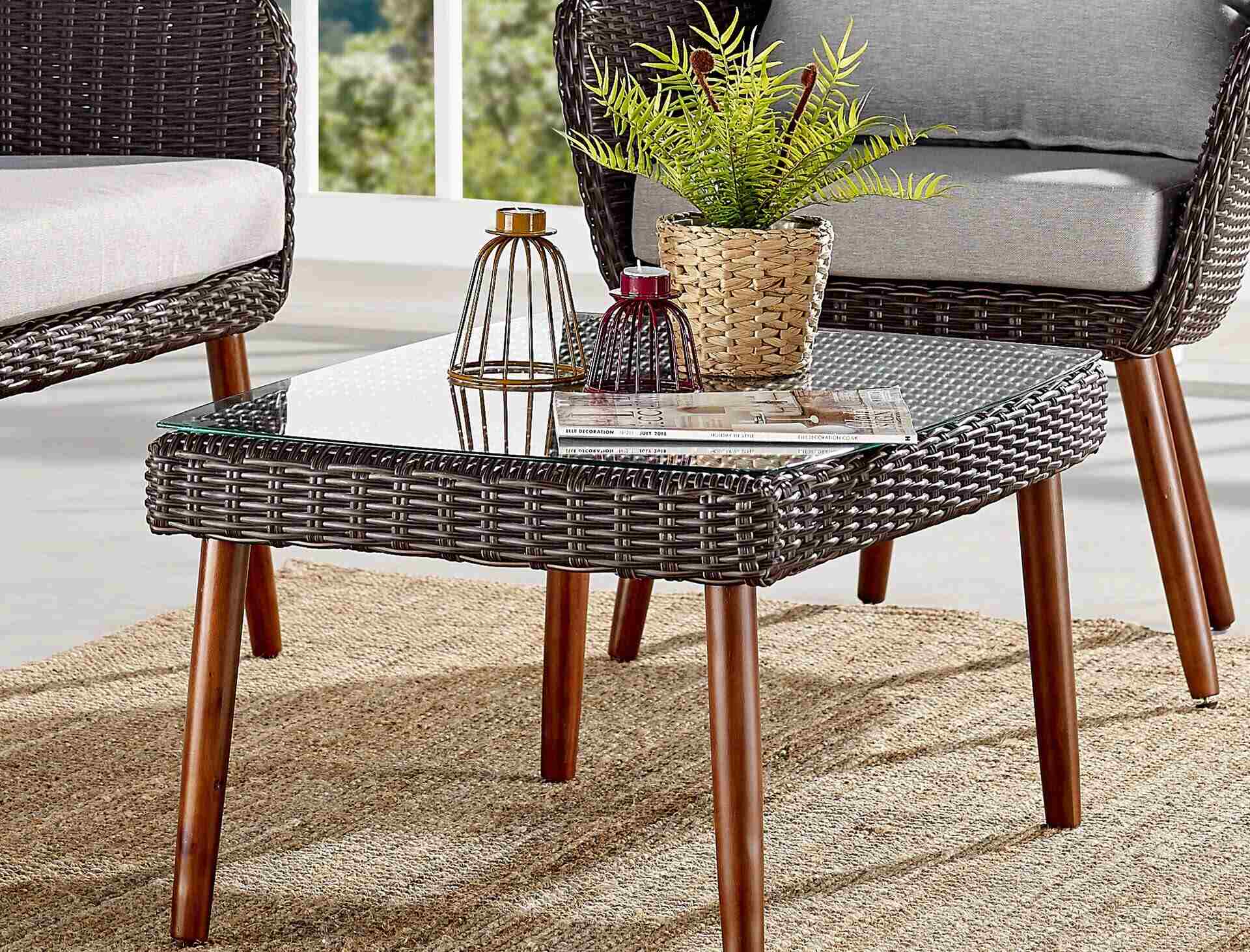
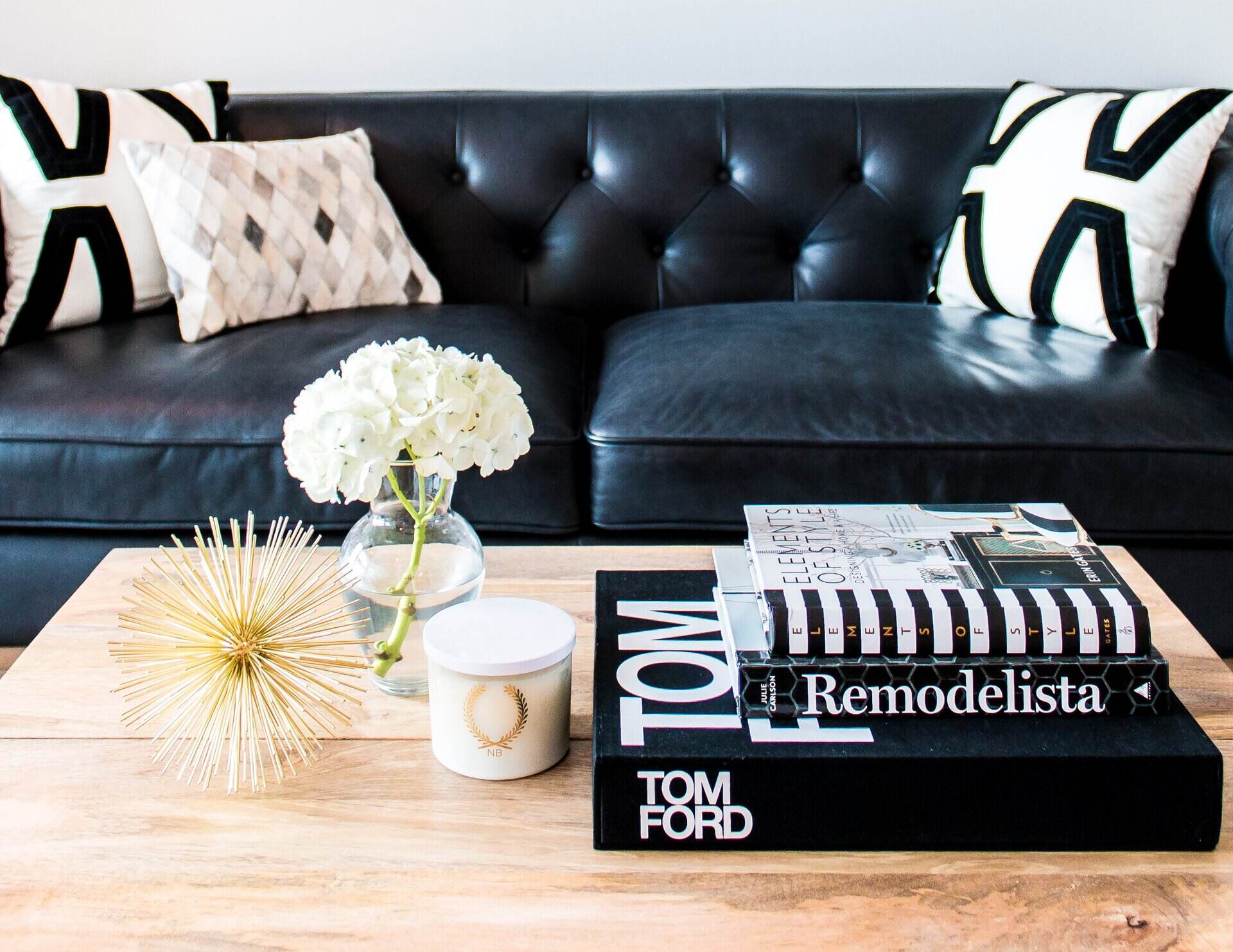
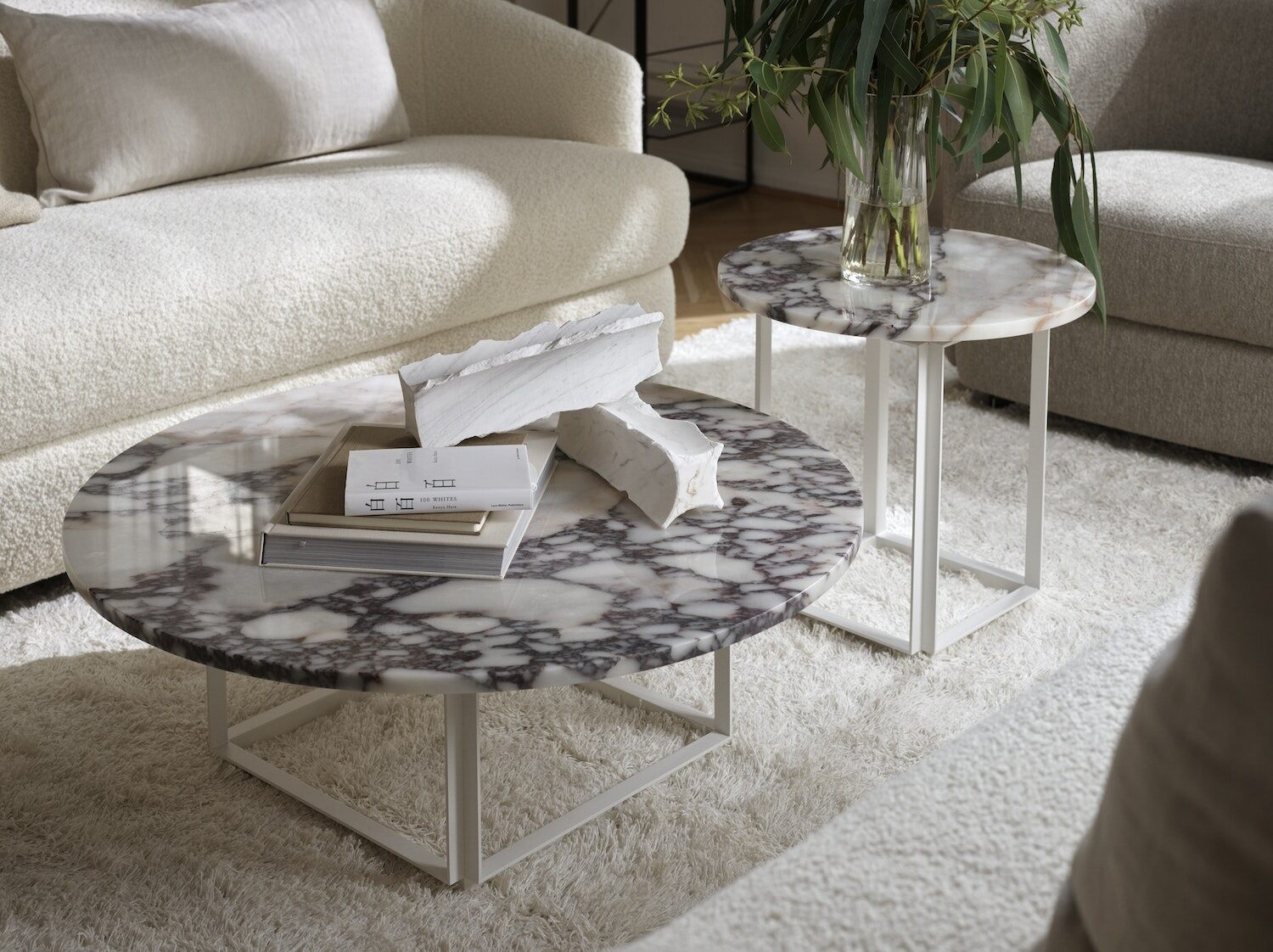
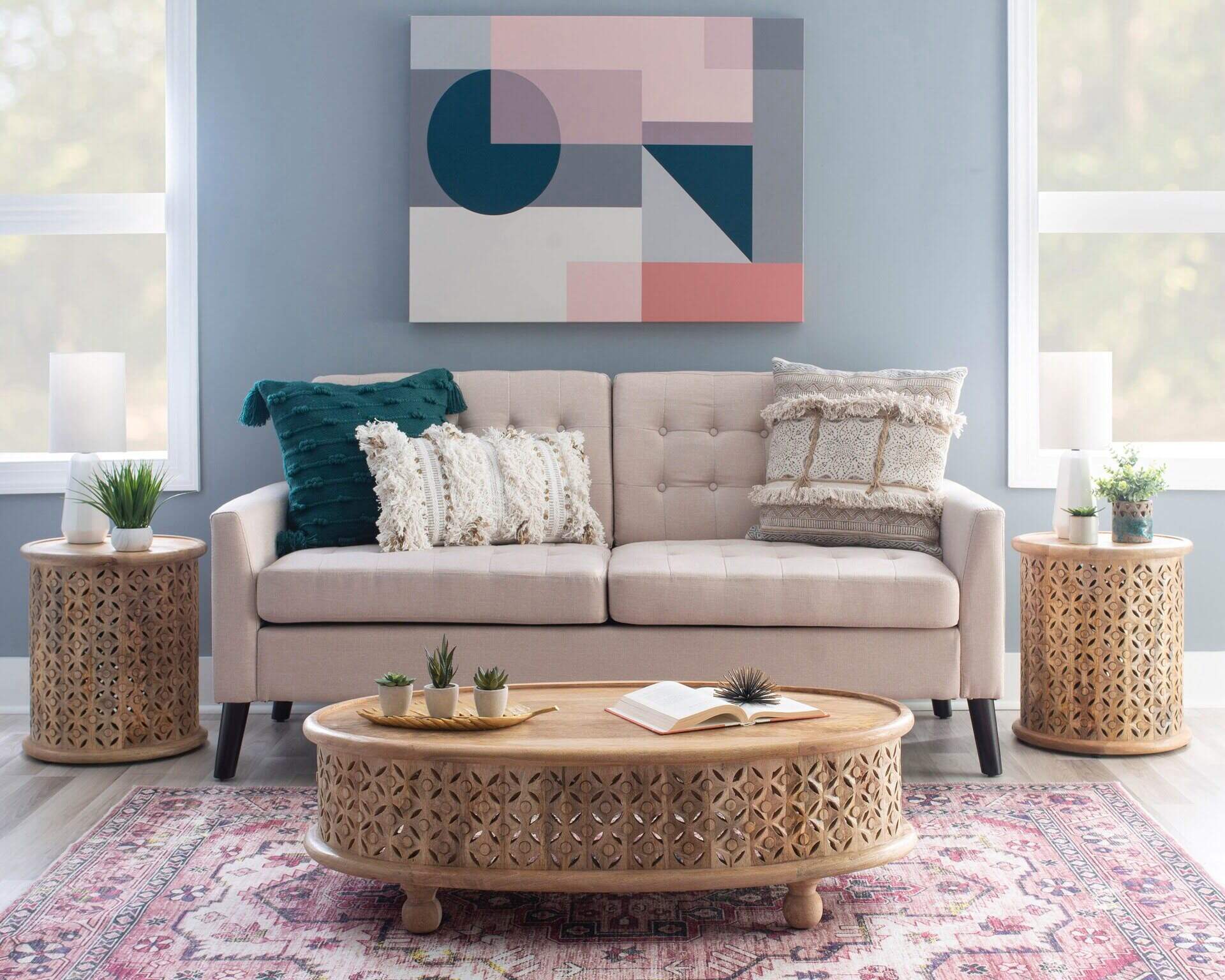
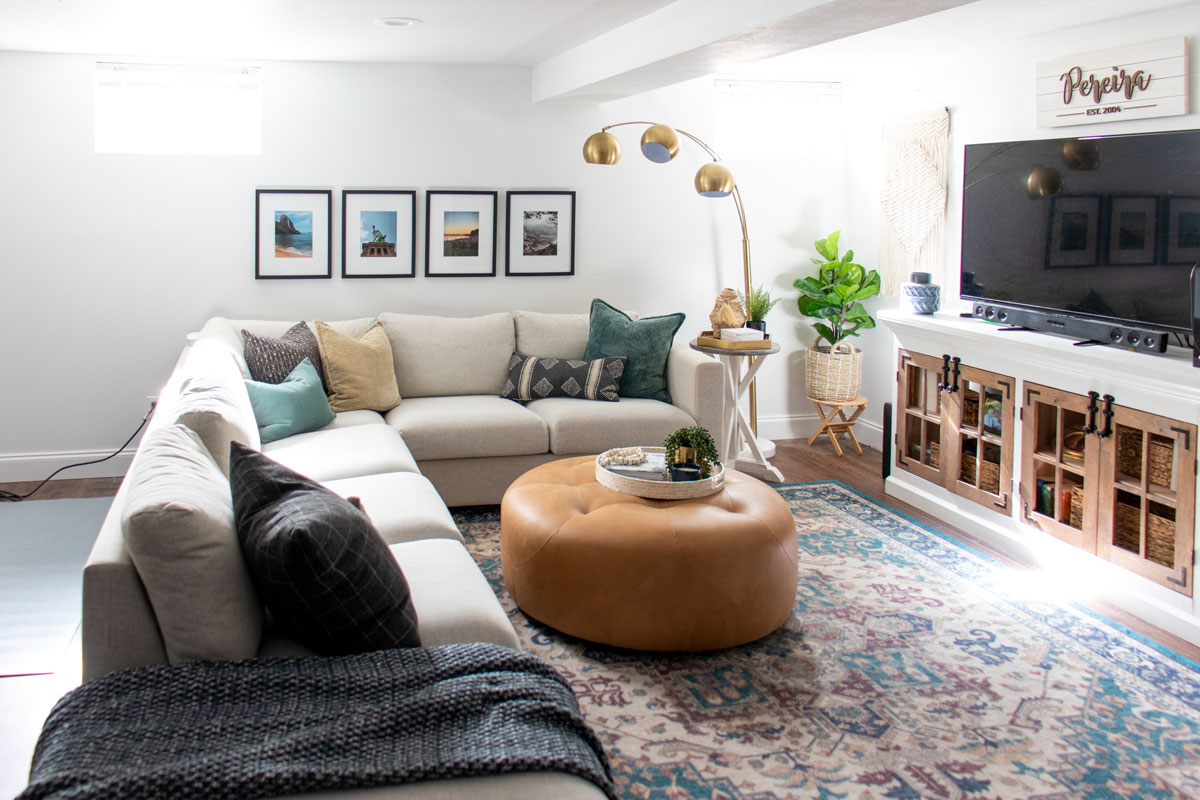
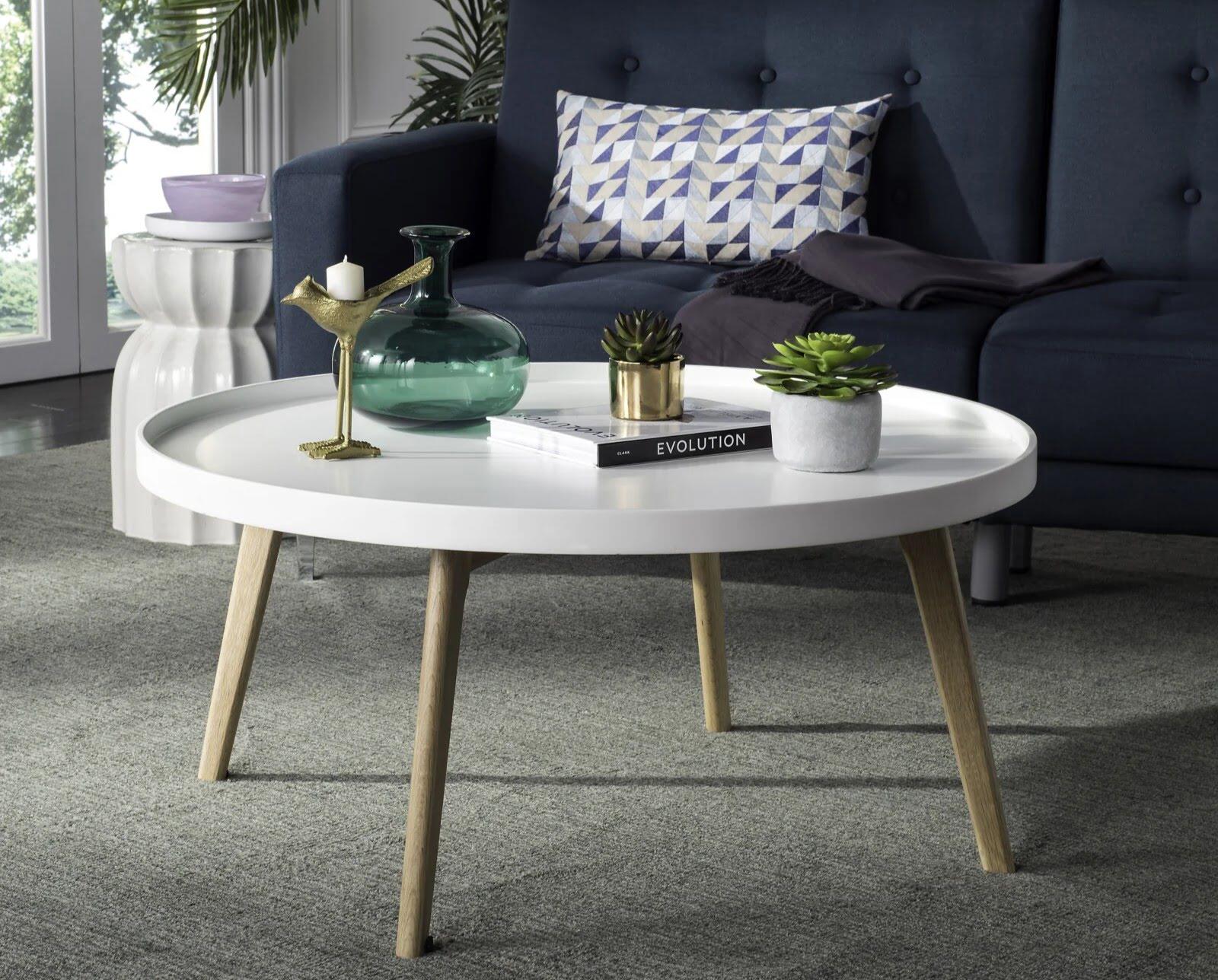
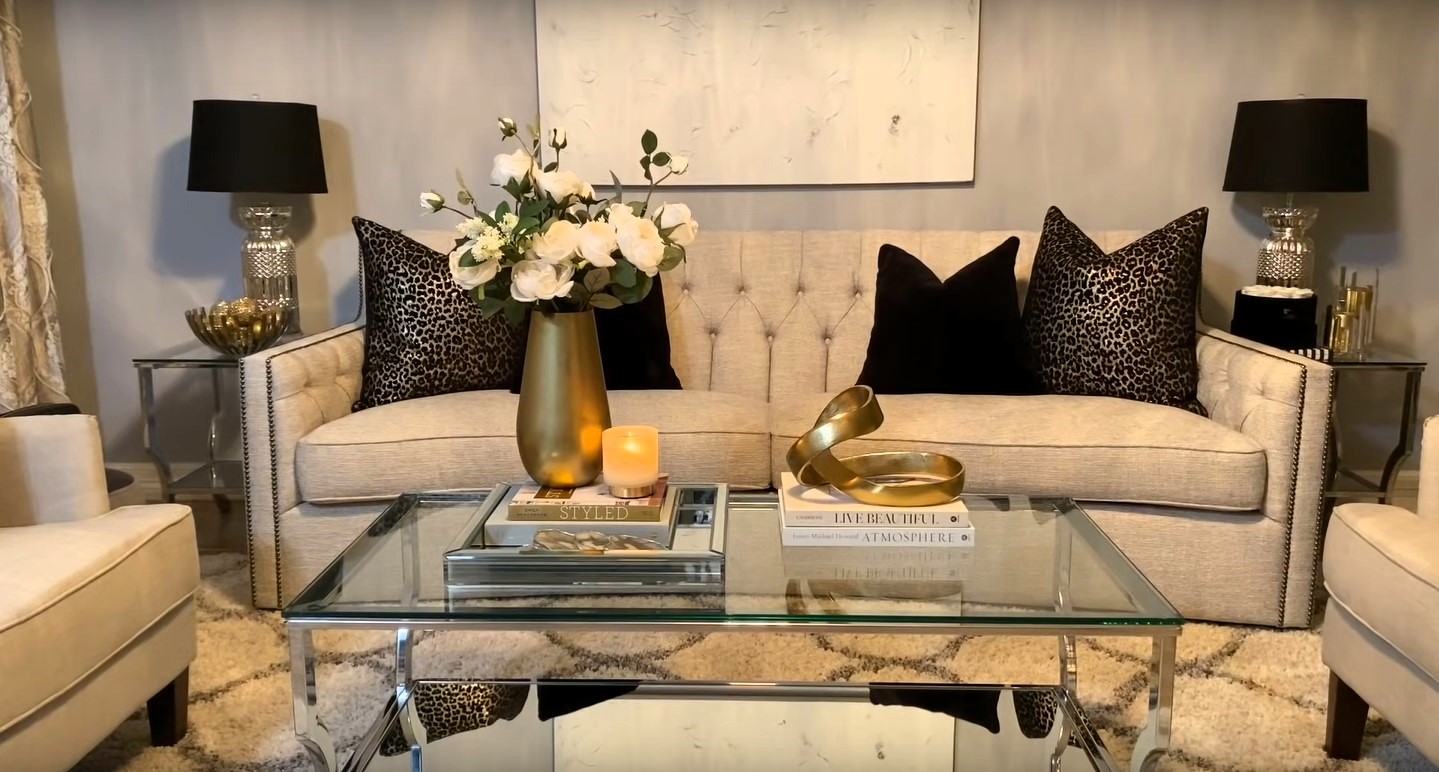
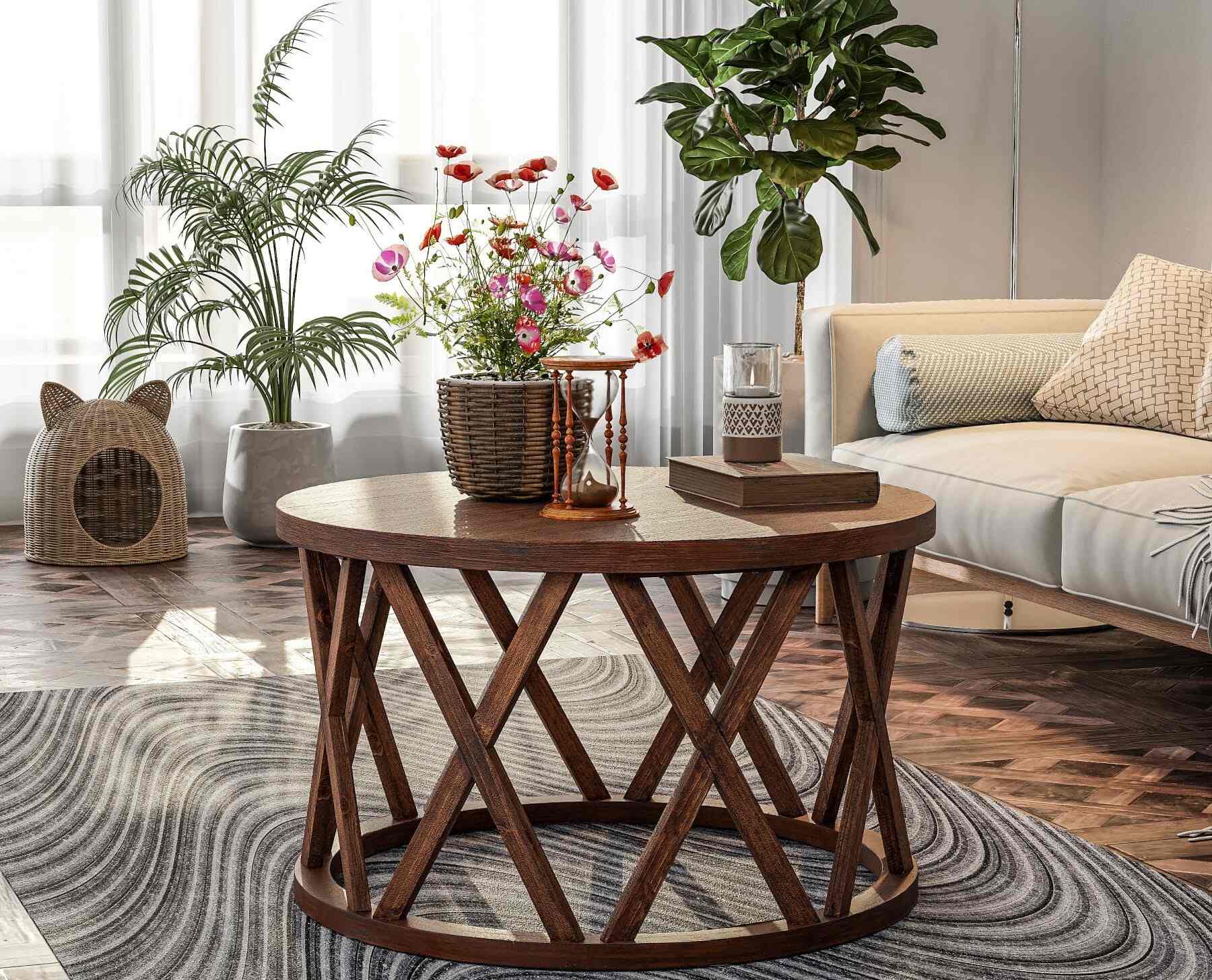
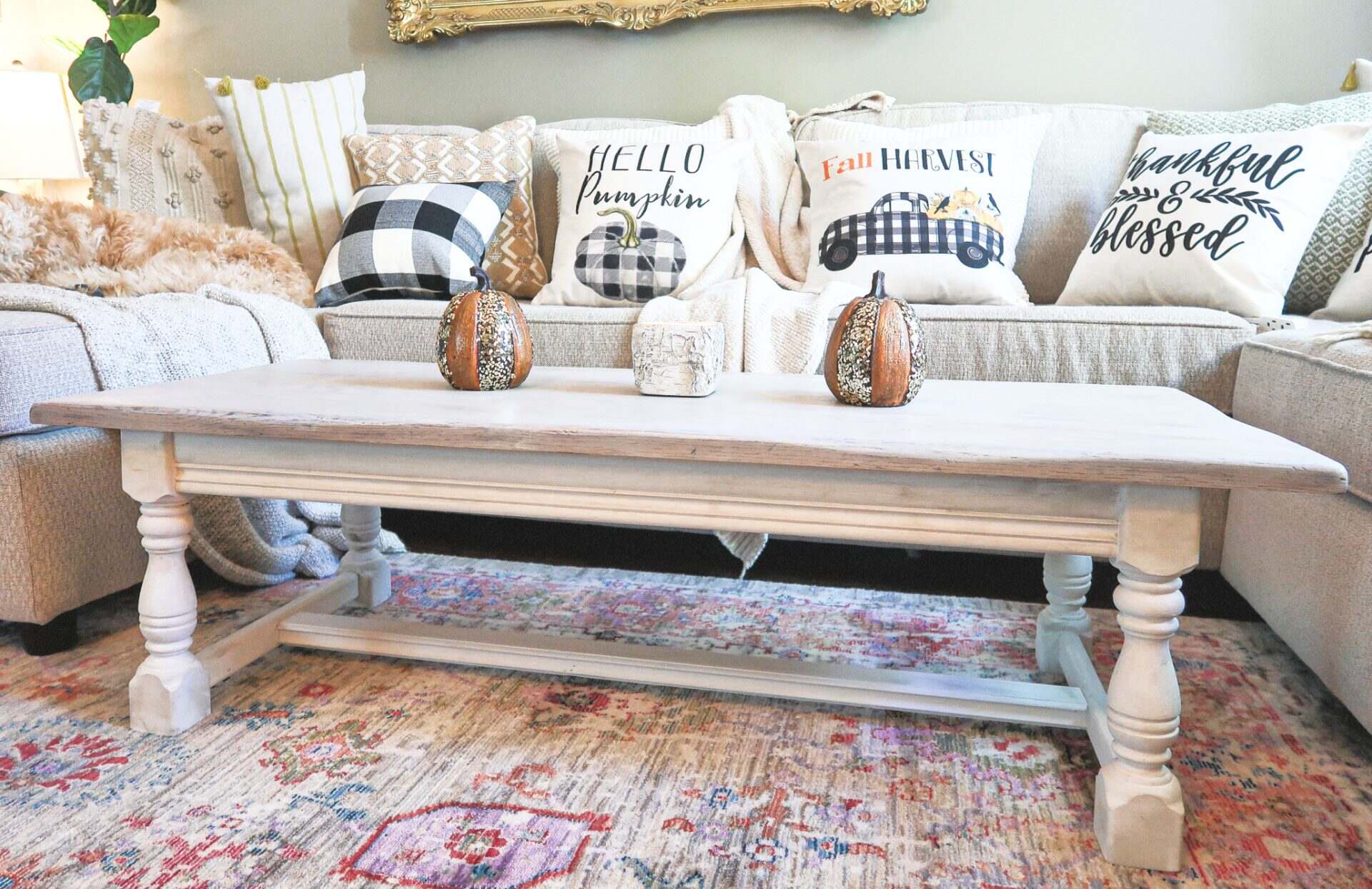

0 thoughts on “How To Make A Mission Style Coffee Table”